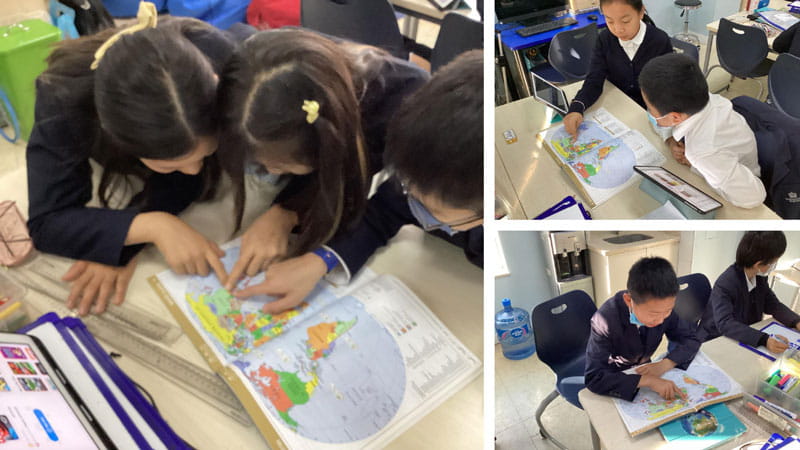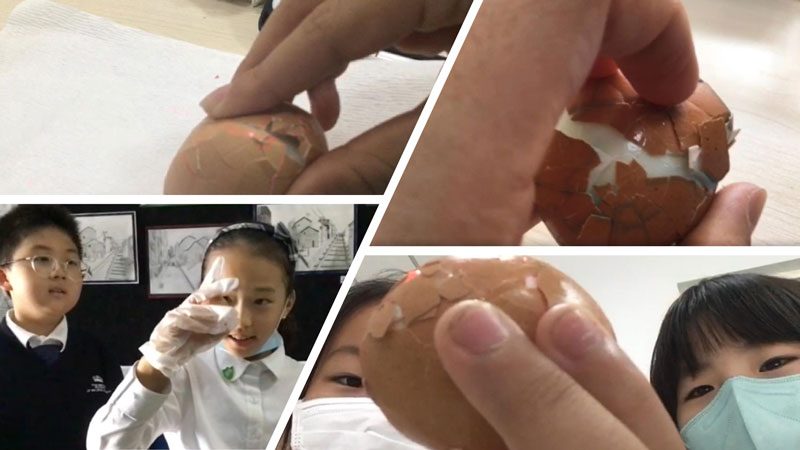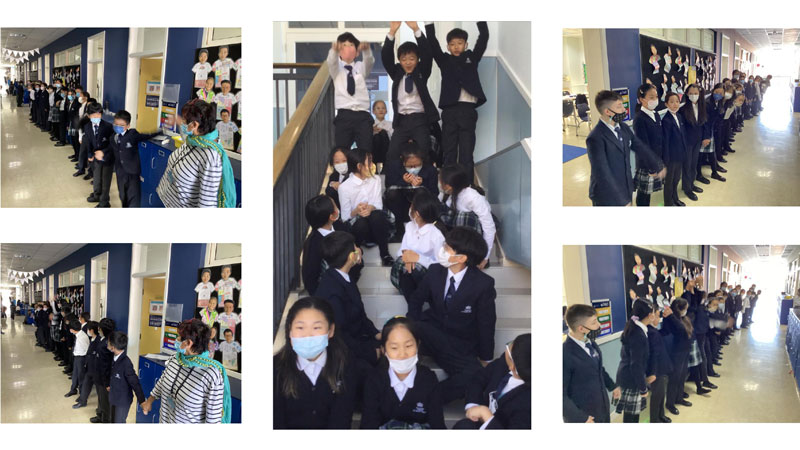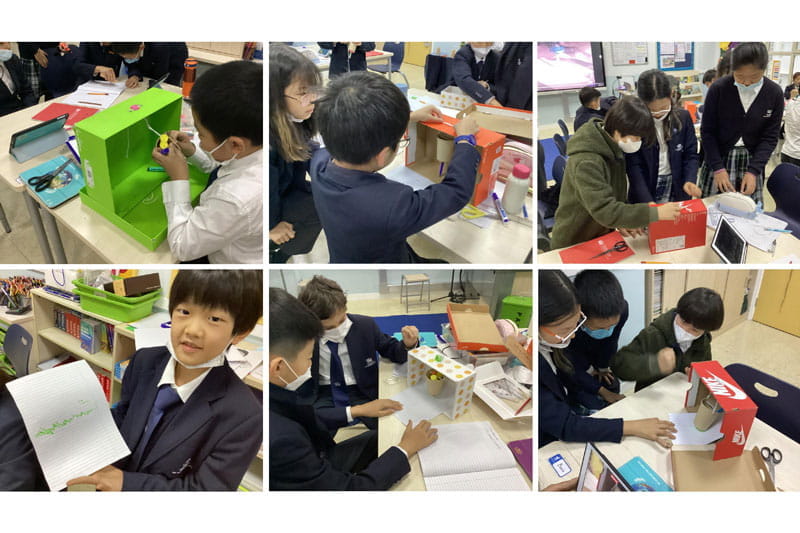We use cookies to improve your online experiences. To learn more and choose your cookies options, please refer to our cookie policy.

Did you know that right now, whilst reading this article, you’re doing something incredible? Surfing. Yes, surfing! It’s no surprise you didn’t realise. Your ‘surfboard’ is the size of a continent and at best you’re moving at the same speed a fingernail grows. I’m talking, of course, about the movement of tectonic plates. How do I know this? Well, Year 6 have been busy learning all about tectonic plates as part of our latest Science unit – Earth Shattering Events.
Tectonic plates
Following our learning about mountain formation in Topic, we decided to further investigate tectonic plates and the impact they have on Earth. Using hard-boiled eggs to represent Earth, the Year 6 students demonstrated the different types of plate activity. By cracking the shell of the egg, we were able to simulate plates sitting on a mantle.
After gently squeezing the eggs, the students noticed the plates moved in the different directions - helping us understand more about divergent, convergent and transform plate boundaries and the effect these movements have on Earth. Divergent plate boundaries might cause continents to drift apart, convergent plates could create mountains or volcanic eruptions and transform plates were most likely to cause earthquakes.

Seismic Waves
Once we had established that transform plate boundaries are most earthquake prone, we wanted to know why the force of an earthquake is stronger closer to the source and slowly dissipates over distance. In order to understand this in greater detail, we needed to investigate how seismic waves resonate through the earth and across its surface.
Our students began by examining how ripples are created when the surface of water is disturbed. It was fascinating to observe the direction of the wave as it travelled through the water, rippling outward from the source of the disturbance and slowly disappearing.
We saw firsthand how waves travelled through water, but could they travel through other mediums? Searching for the best medium available to us, we decided to experiment on our own bodies! By generating a humongous Mexican wave, it was safe to say that waves were able to travel through a variety of mediums, including air, violin strings, land and even our bodies.

Measuring Earthquakes
To conclude this chapter in our learning, we looked at how the Richter Scale is used to classify the magnitude of earthquakes. Unfortunately, we don’t have a seismograph at school so we did the next best thing: we made our own! Using recycled materials, the students created seismographs in groups.
Each group tested their seismographs by simulating earthquakes of different strengths and recording the results. They stamped, they shook, they beat and they rocked the environments around the seismographs. It was now time to examine the results. By measuring the amplitude and wavelength of each disturbance, we were able to determine the strength of each seismic wave. The harder we shook, the greater the wave.

Now that we understand the awesome forces produced by transform plate movement, we’re ready to continue our learning about Earth shattering events. Next on the agenda we’ll be examining the extremer side of convergent plates. Something tells me it’s going to be explosive!
James Cox
Year 6 Class Teacher